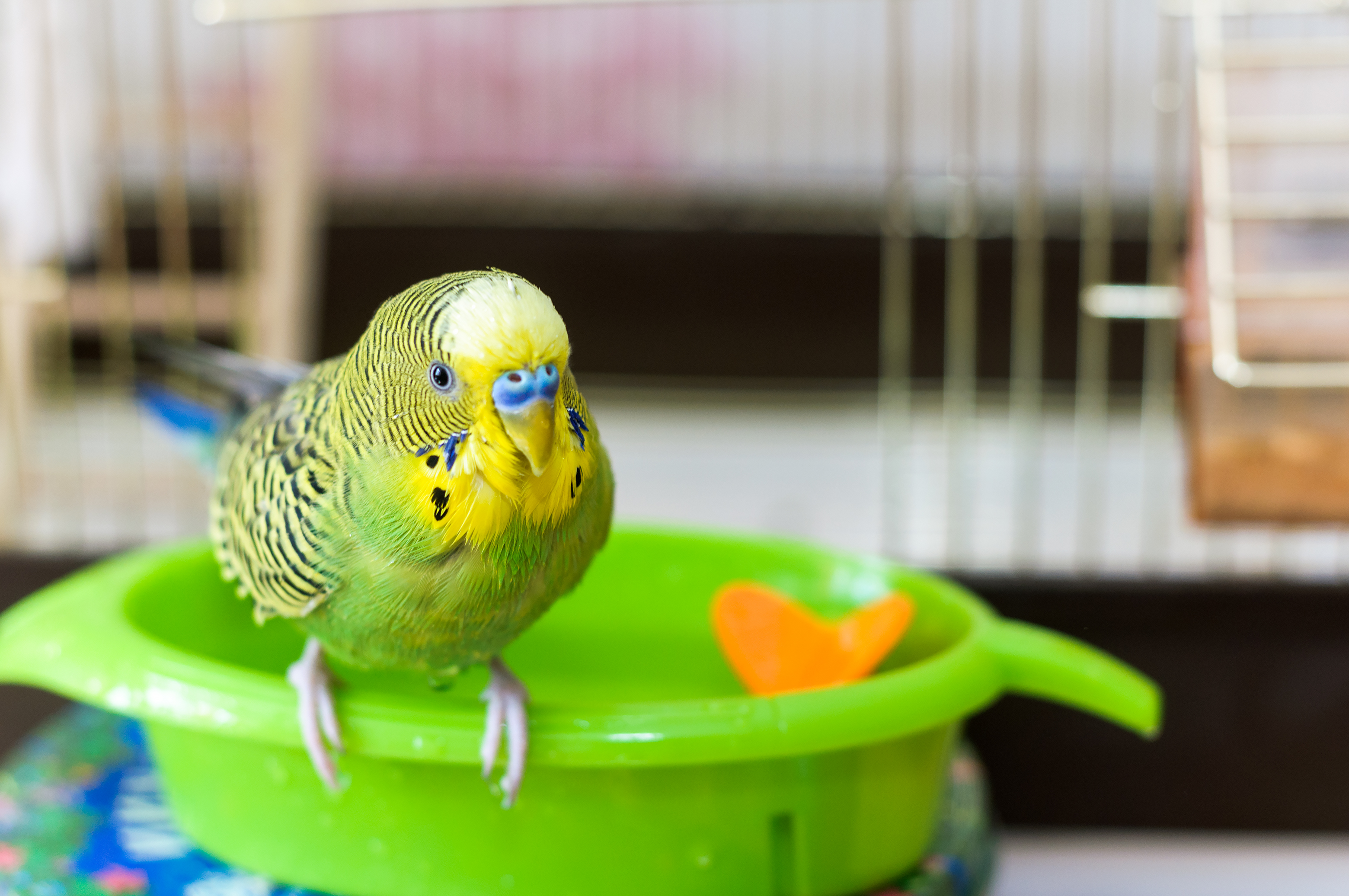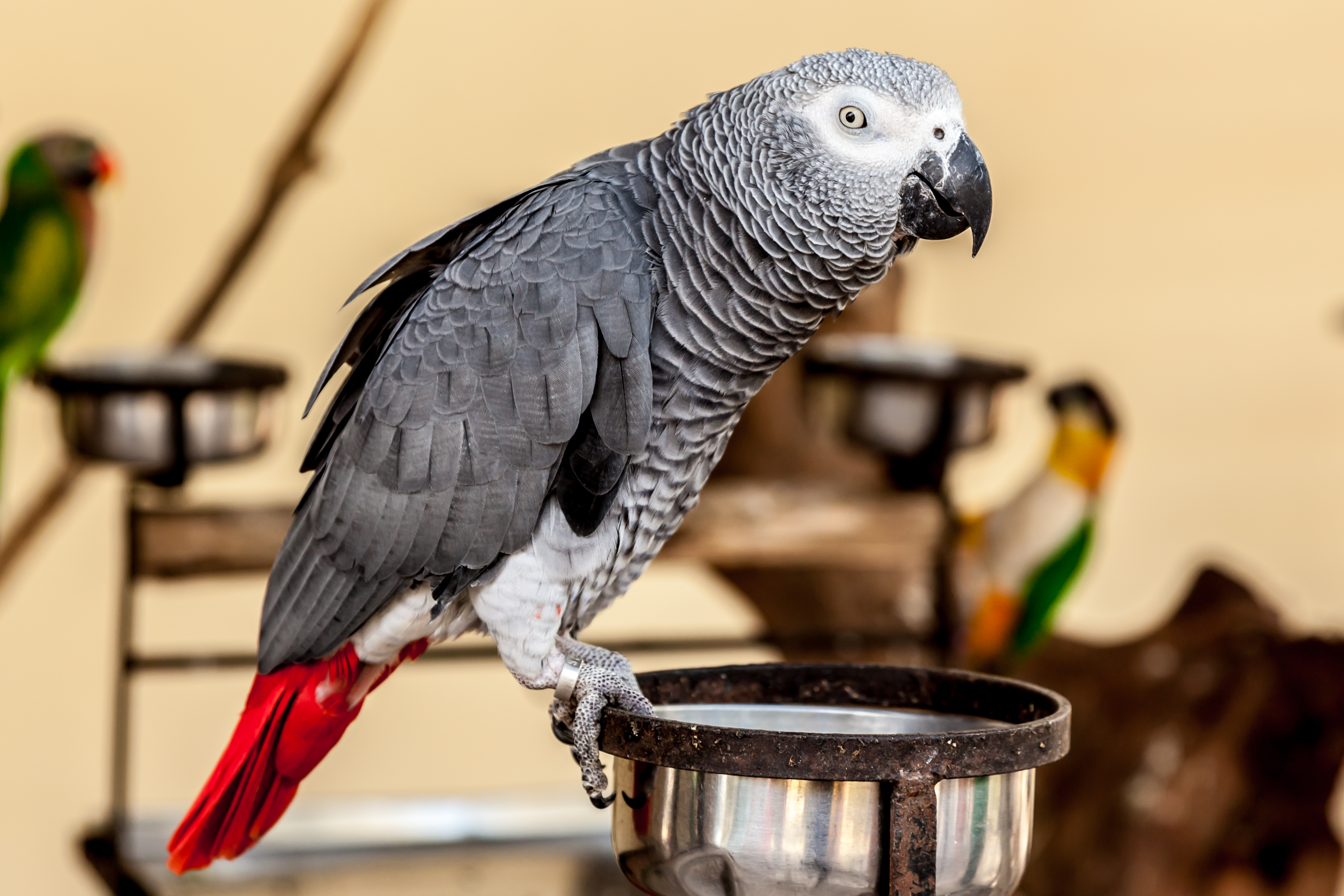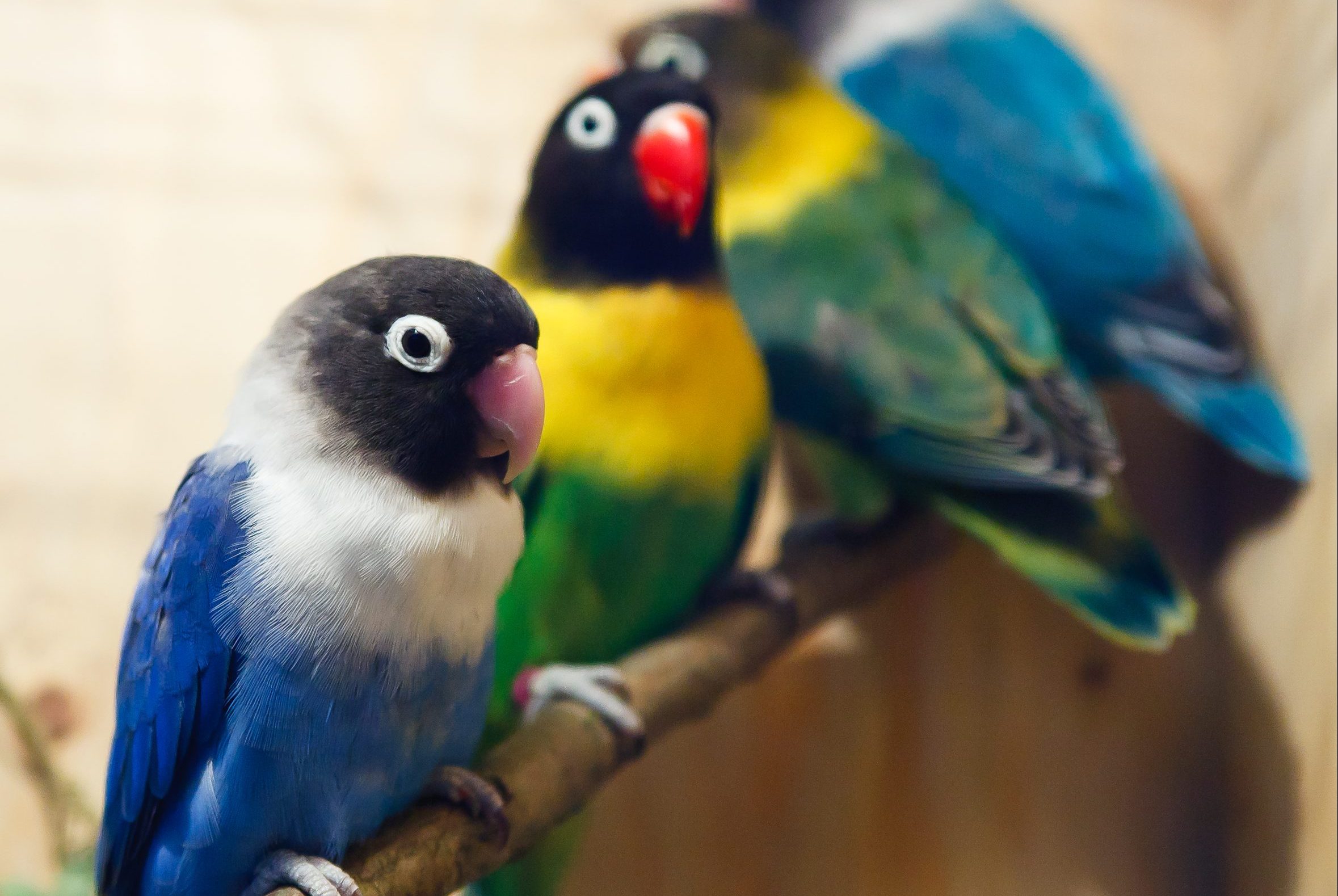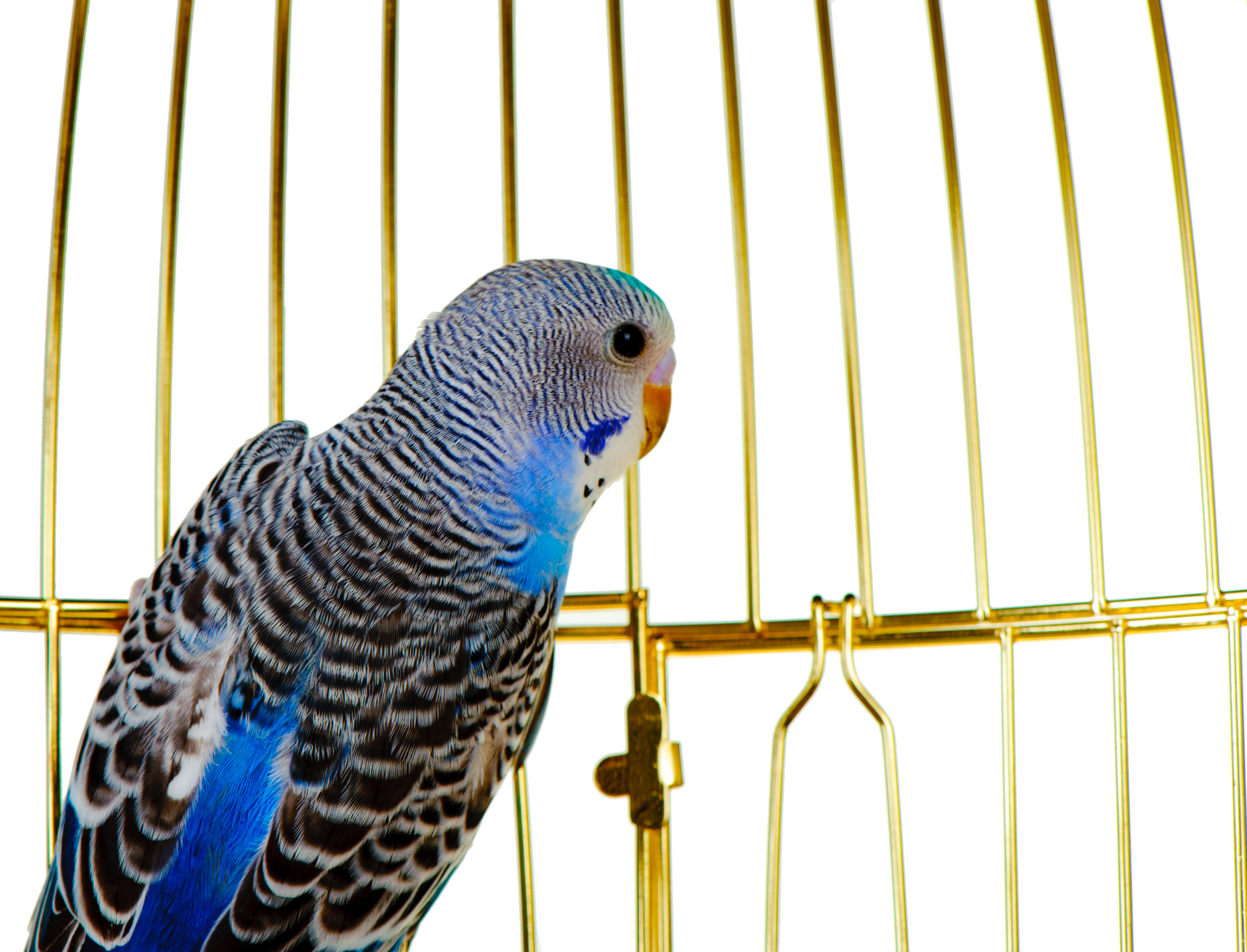Beyond the Norm
Erik J. Martin //March 29, 2017//
They say the cure for feeling cooped up is to spread your wings and fly. But many bird product retailers are content to confine sales of cages—the most crucial avian commodity that bird owners purchase—to a limited supply and a small selection.
That’s an opportunity missed, say the experts, who recommend expanding your offerings to cater to consumers increasingly seeking larger, higher-quality enclosures for their feathered friends.
Spacious and Superior
“Trends today are toward larger cages—enclosures that not only give the bird more active interior room but prevent seed debris from spilling out and which offer additional play area outside the cage,” said Rick Savitt, director of product development for Prevue Pet Products in Chicago. “Additionally, manufacturers are paying more attention to customer feedback and better engineering by improving features such as door locks, spill-proof cup containment doors, and ease of assembly.”
Examples of the aforementioned include Hagen’s Vision cage series, which employs features like a debris guard and deep base to curb air currents and prevent debris from escaping the cage; A&E Cage Company’s new line of roomy flight cages for parakeets and finches, available in green, blue and purple; MidWest Homes for Pets’ Grande Playtop cages; and Kaytee’s Treat Play-n-Learn parakeet cage with a convertible playtop.
Chris Luberski, manager at Todd Marcus Birds Exotic, a pet store in Delran, New Jersey, says his customers’ insistence on better-built cages in recent years prompted the retailer to partner exclusively with a single reputable manufacturer who happened to be local: King’s Cages in nearby East Brunswick, New Jersey. High-quality welding, cage style variety and durable powder coatings factored into the store’s decision to choose this cage maker.
“It’s important to offer a superior cage brand that provides many sizes, models and materials,” Luberski said. “We stock 30 different cages, each fully assembled and on display in our store, priced from $49.99 to over $2,000—from smaller plastic colored cages to powder-coated aluminum cages to high-end stainless steel cages.”
Mary Wyld, CEO/owner of Norfolk, Virginia-based Wyld’s Wingdom, Inc., a pet bird product distributor, agrees that it’s smart to provide a variety of cage sizes and styles to accommodate various breeds and needs.
“If you do not have a healthy selection to offer the bird owner, they naturally will search elsewhere, which means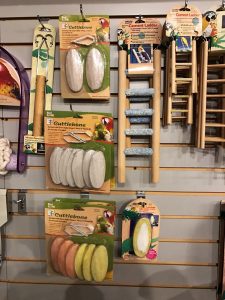 their other purchases may drift to other sources,” Wyld said.
their other purchases may drift to other sources,” Wyld said.
Savitt recommends choosing manufacturers who assure quality and safety of construction and components used, including laboratory testing of all materials used, such as powder coating. Customers should have the reassurance of some form of product warranty or guarantee on the cage they purchase.
Daytime Domiciles
Wyld says retailers also need to tap into a rising trend practiced by many bird owners: providing both a large daytime cage and a smaller nighttime cage.
“Most, if not all, of our bird friends are originally from near the equator, where day and night hours are relatively equal,” she said. “Providing a smaller sleep cage in a room away from other activities and putting the bird to bed there enhances their quality of life and health. Simply covering the cage while still in the midst of human activity does not give them the peace they need.”
Educating patrons on this fact and recommending the purchase of a daytime and nighttime cage can reap cash register rewards and lead to more satisfied repeat customers.
Also, consider carrying uniquely shaped cages that provide visual appeal and possibly even space-saving features. Two examples include the Triple Roof bird cage, sporting a unique three-roof design, ideal for small- to medium-sized birds, and the Penthouse Suites curved front bird cage, boasting a unique wall-hugging flat back and curved profile—both by Prevue Pet Products.
Pet store owners need more of this out-of-the-box thinking to compete with internet retailers who have contributed to the shrinking of in-store sales margins on cages, according to Wyld.
“Emphasize to your shoppers that many cages they order online arrive damaged from shipping,” Wyld said. “When they shop for a cage in store, they can see the exact condition and style of the cage.”
Catch the Eye, Close the Sale
The key to better sales of aviaries is pre-assembly within the store.
“They should be put on the shelf already set up and ready to go,” Savitt said.
But showcasing a diversity of aviary options brings up a challenge: how should they be grouped and where should they be displayed? Luberski’s answer is to group cages together by size and then smatter them throughout your store to avoid visual monotony. Then, encourage customers to explore more of your real estate.
In addition, Savitt says that affixing point-of-purchase materials to the cage front “can be quite effective in allowing the potential customer to make a more informed purchase decision for the species of bird they are housing.”
Including sold-separately accessories within the cage and offering bundled discounts can be another clientele builder and profit-padding tactic.
“Maintain your margins by offering a toy package with the cage, and encourage owners to change out the toys regularly and to continue shopping with you, as you know birds and their caging needs,” Wyld said. “This also means being sure your staff is knowledgeable, too.”






